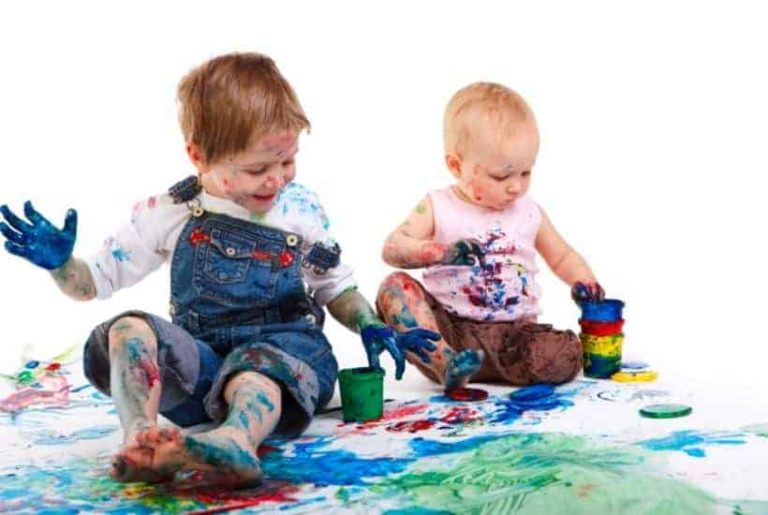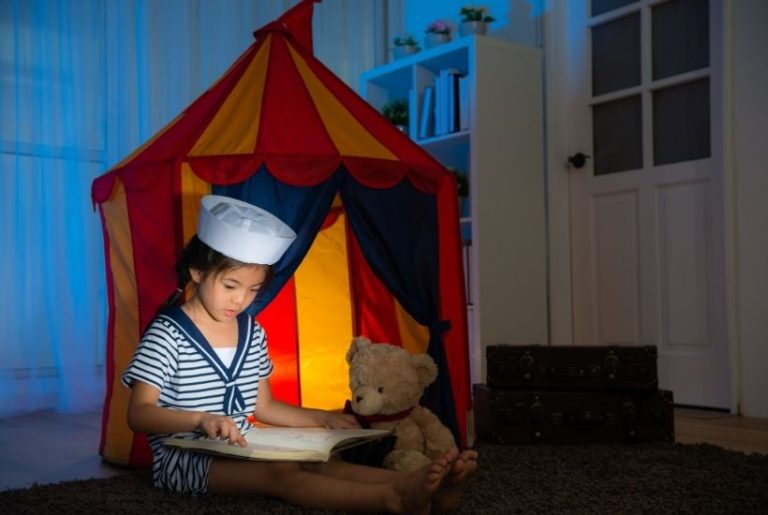10 Exciting Ways to Enjoy History in Your Homeschool
This post may contain affiliate links. For more information, please read my disclosure policy.
You can teach history creatively with Tapestry of Grace!
Tapestry of Grace sponsored this post. In the interest of disclosure, I purchased all 4 year plans of Tapestry of Grace, and I’m in my 6th year of using Tapestry of Grace to teach my own children history. All opinions are my own honest opinions. For more information please read my disclosure policy.
“But history is so boring!”
Have your kids been complaining about reading textbooks and regurgitating historical dates? Remember history is more than a series of dates. History is a story. A story that needs to be taught creatively.
1. Bibliographies
History is one long story about people. People who lived, loved, fought, and died. People who lived passionate lives and people caught in a torrent of world events. And nothing brings history to life like reading biographies.
Biographies go into detail about the people of the past. You learn about their childhood, their family, and their friends.
As you read the individual becomes real. You learn the challenges they face, the obstacles they overcame, and the opposition they faced. Their character is laid bare before you and your children.
Not only do you get a glimpse of history through their eyes, but you and your kids have plenty of fodder for discussion. What type of courage did it take to maintain a straight course with so much opposition? Were they right?
Biographies flesh out the famous men and women of history.
2. Historical Fiction
Have you tried historical fiction in your homeschool? Like biographies, historical fiction brings people, events, and places to life. You become emotionally involved with the characters and see the turmoil they experience.
Often the main characters aren’t actual historical figures. These characters move through events.
You get a close glimpse into why the great men and women of history may have chosen to act as they did.
Historical fiction gives you an inside view.
3. Use a Textbook as Springboard
Textbooks get a bad rap. True they’re dry and uninspiring, but they also give a quick and thorough synopsis of the time period. Guess what, textbooks are perfect as a springboard for rabbit trails! Have your child read the appropriate section of a textbook and choose a topic that sounds interesting.
For instance, we’re currently on week 22 of Tapestry of Grace year 3, which means we’re studying the beginning of the American Civil War. My daughter will read the appropriate chapter in an American History textbook we find.
From there she can choose to research fashions, Abraham Lincoln, the Battle of Fort Sumter, or another topic of her choosing.
Kids remember history better when they’re encouraged to pursue rabbit trails.
4. Research Answers
Kids need to know how to do research. It doesn’t matter if they’re using the internet, encyclopedias, or books from the library. Being able to find answers to various questions is an important skill.
My children also become bored reading the same books all the time, so one of the ways I adapt history lessons for my kids is to skip the assigned readings. Instead, I simply hand them the list of accountability and thinking questions from Tapestry of Grace.
The kids research the answers and write them on a sheet of paper. Remember if your child doesn’t like to write, you can always have an oral discussion at the end of the day.
5. Use Lapbooks to Teach History Creatively

Lapbooks are similar to pop-up books, except the kids put the books together. They fill out the information, write out definitions, and write short summaries of events.
In my son’s case, I printed out Tapestry of Grace’s sheets for the unit. Monday through Thursday he completed the assigned readings on his own. Friday we sat down together. We’d chat about what he’d studied during the week as he cut, colored, and wrote. Then we’d glue the pieces to his lapbook
By the time we were finished, my son had created a book about his studies for the unit.
6. Listen to audiobooks
Audiobooks are a fabulous way to teach history. You can listen to the series in the car, at home while doing chores, or enjoying quiet activities.
Just think, instead of kids fighting in the car while you’re traveling to Grandma’s house, they’re learning history. Grandma will be impressed!
While Story of the World is a wonderful place to begin, don’t stop there. Try historical fiction, biographies, and literature from the time period.
You’ll learn a huge amount of history while listening.
7. Watch Documentaries & Movies
Another creative way to teach history is to watch documentaries and movies.
You don’t need to worry about what the kids are imagining people are wearing, they’ll see for themselves a Roman toga, the hoop skirts of the Civil War Era, or the Flapper outfits of the ’20s.
They’ll also see the roads, houses, and wagons.
You can watch as archeologists try to build a pyramid using only the technology of the ancient Egyptians.
Documentaries and movies give you a view of the time period like nothing else will.
8. Dress up & Act
On a rainy afternoon, don’t leave the kids hanging around the house bored. Have them dress up and act out the events you’re studying.
Pull out sheets for togas. Assign one child to be Caesar, another Brutus, and the rest of the senate.
Have the kids spend a few minutes creating a quick play to act, and everyone will have fun.
You can do the same thing for any event you’re studying. Encourage the kids to dress up and act out the events. They’ll remember far more than if they simply sat down and read.
9. Teach History Creatively with Projects
Have you ever heard of homeschoolers attempting to mummify a chicken? Sometimes it works and sometimes it turns green and slimy. Yuck!
But the kids never forget how the Egyptians made mummies.
Adding projects to your history lessons helps your kids connect to the time period. They recreate the hanging gardens, pile bricks for pyramids, or paint paper bags like cavemen.
Projects bring history to life.
10. Travel & Field trips
Take field trips to local historical places as often as you can. This is especially true if you’re traveling. You can stop in Washington D.C. and check out the monuments and buildings.
Stop by Gettysburg to recite the Gettysburg address and see the battleground.
My parents stopped by the site of Custer’s Last Stand. It brought home to me the landscape of the plains.
Walking along a castle’s ramparts imagining looking out at an army besieging the castle brings history to life.
You see the actual places of historical events.
Tapestry of Grace
Tapestry of Grace makes teaching history creatively easy. The reading assignments include historical fiction, biographies, and textbooks. You’re given suggestions for projects, artwork, and movies to watch.
There are even lapbooks for each unit.
Check out all the ways Tapestry of Grace can help you teach history creatively to your children.









Hi Sara
Good article. I especially lime the fact that you remind people that textbools, in and of themselves, are not evil. In fact, many “original works” are actually textbooks…Herodotus, Aquinas’ Summa, Aristotle, etc. There are, however, today, textbooks antithetical to all we try to do in classical education. That is why we started a textbook company – so parents, teachers and students would have a great survey of history. http://www.CatholicTextbookProject.com.
We are Catholic, so have written this principally for Catholic homeschoolers amd classical schools. Yet, given the scholarly balance, many others use it as well.
Apologies…writing on my phone and noticed fat thumb errors. I found no way to edit my errors.